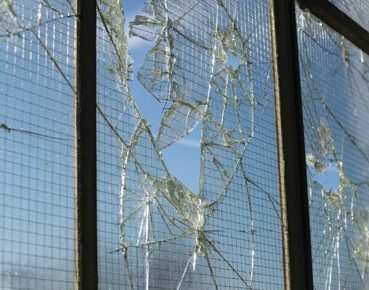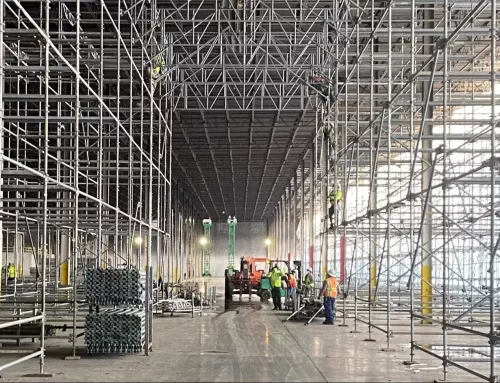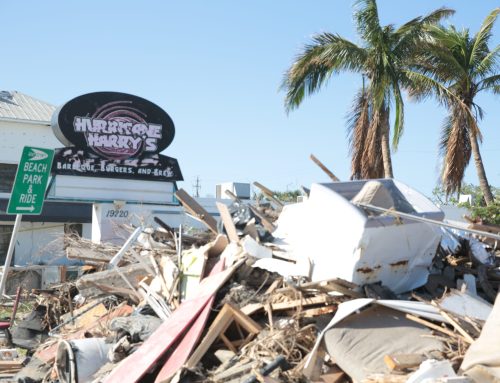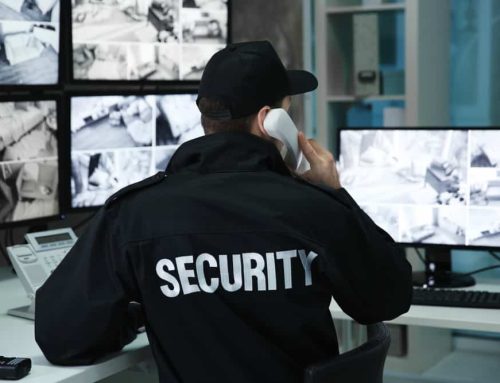While much of DR/BC focus is on the computer and other systems upon which organizations rely, there is another asset that is often overlooked: the physical facility itself, and mitigation efforts to help it survive and continue after a disaster. An organization’s facility, whether that is an office, a factory, or a warehouse, is an indispensable part of the organization. The facility is where the organization’s people conduct their business, and is often the physical embodiment of the organization’s image or business philosophy. The facility is a key asset that must be treasured, protected, and hardened against disasters in every way possible.
In the design of mission-critical facilities, this author has focused on the survivability of command centers and other critical spaces, and has gained insights into why some organizations are better able to survive disasters than others. This article will share some lessons learned, and, hopefully, shed light on some areas that readers can implement immediately to ‘up-armor’ their facilities and better prepare them for survival.
Windows
One of the most vulnerable elements of a building is the windows. During storms or explosive events, they become one of the most dangerous aspects of the incident, with injuries caused by flying glass accounting for a huge percentage of injuries. After the event, the lack of windows in a facility can leave it vulnerable to weather, and make it uninhabitable.
To mitigate the hazards of glass, there are two main approaches that are effective. The first is window film, which is a clear plastic film applied to the interior of the glass with an adhesive. The window film is transparent, and does not dramatically change the appearance of the window. (Certain window films can also reduce harmful UV light and reduce HVAC loads, resulting in substantial utility savings.) When the glass breaks, the film keeps the shards of glass together, preventing them from becoming lethal projectiles. In less severe events, the broken glass is sometimes retained in the window frame by the film.
Another approach is to use blast curtains. Similar in appearance to normal curtains, they are made from highstrength fabric that acts as a shield to stop flying glass. There are several issues with blast curtains, though, including the aesthetic aspects: while they are translucent, and do allow people to see through them, they are not transparent, which changes the aesthetic look of the window. This, in turn, leads to people leaving them open, rendering them ineffective or completely useless. It is possible to secure them so they cannot be opened, but this could hinder escape in case of a fire.
Roofing systems
One of the most damaging events to facilities in storms is the roofing material blowing off the building. This allows water and wind to infiltrate the interior, and can often be the death knell for the facility. This is especially true for flat roofs using a roof membrane such as a rubber roof. By far the most common cause of this is that the metal edge flashing is peeled up by wind, allowing wind to get under the membrane and blow it off. Even if roofs are installed according to local codes, they are often not robust enough to survive storms. Metal edge flashing that is not robust enough, or uses too few or too small fasteners is often to blame. Roof flashing should be inspected by a roofing contractor with experience in wind-resistant installations.
Another common mistake is the lightning protection system. When electrodes are not firmly attached to the roof, they can break loose and, while still attached to their grounding cable, they whip the roof, tearing off roofing materials and flashings. Ensure that your lightning protection system is firmly attached.
The forgotten post-disaster necessity: Water
If you have done a good job of hardening your facility, and it does survive a disaster, will you be able to continue to use the facility? That depends on many things, including utilities. However, while generators are commonplace, electricity is not the only utility that can be compromised and must be restored to keep the facility operational. Water is often unavailable for some time after disasters, but is a necessity for facility operation. Even if the facility is structurally intact, most building codes will require running water for a facility to be occupied.
If you are relying on a municipal water system, consider the following backup scenarios for water. There are two main sources of water commonly used: underground water and surface water. Underground water will require a well and pump, which can be connected to your facility’s water system via a valve that is manually changed over (the local governing body will have requirements about this interconnection; it may require a backflow preventer or other equipment). Most areas of the USA have some water table available that can be tapped with a well. Local well drilling companies will usually have a good idea of how deep the water table is and the quality of the water. You will need to have the well inspected and water tested by a qualified lab, and will also usually require a permit form the local governing entity. Also be sure to test the water on a regular basis; a well can go bad. You can also find information on water tables at the United States Geological Service (www.usgs.gov).
The other possibility is using above ground water like lakes, rivers, and streams. But these offer their own challenges, with pollution, fouling of the intake pipe, and freezing in winter. Be very careful about the water from these sources; contaminants, bacterial presence, or other impurities can cause sickness or worse. You may also need to use a reverse osmosis filtration system, water softener, or other techniques to make the water acceptable.
Thermal Storage for Cooling
Keeping a facility cool in hot weather when the local power grid is down requires a lot of generator power, which is costly to install. Some facilities with big power loads like data centers offset the electrical loads during power outages by using thermal storage. These systems store cooling capacity in the form of chilled water, brine, or ice, and then use this capacity when the power is out. Chillers pump coolant through pipes in a large tank, which cools the storage element. When the cooling capacity is needed, fluid is circulated through the tank’s pipes and back through heat exchangers in the HVAC system, where fans circulate cool air through the facility’s HVAC ducts. Because the cooling capacity is coming from ice storage, you don’t have to run the HVAC compressors, which consume the vast majority of electricity used by HVAC system. The only electrical load you must power with generators is fans to circulate the cool air and pumps to circulate the cooling fluid.
These systems traditionally require a large tank for storing the cooling medium, and require some engineering to design and install, so they usually are only used in larger facilities. However, a new generation of smaller, less costly thermal storage systems is on the market today that make them more feasible for smaller facilities. Small rooftop units are available, and one system is even designed to fit into a ceiling plenum. Another advantage of ice storage systems is that they can create cooling capacity at night when utility rates are low, saving money on a daily basis by reducing peak demand charges.
Air-powered UPS: Look Ma, no Batteries!
One of the most vexing challenges in DR is keeping a data center operating during power outages. We all know about backup generators and UPS systems, and how much they cost to install and maintain. But conventional UPS systems require battery maintenance and other headaches. One innovative new solution uses a combination of a continuously spinning flywheel and a turbine powered by compressed air to provide seamless UPS capacity and emergency cooling with no batteries.
During normal operation, the flywheel is kept spinning by an electric motor (it uses very little electricity because it is perfectly balanced in a sealed enclosure, and uses magnetic bearings). When the power goes out, the flywheel instantly begins generating electricity to maintain voltage for a few seconds while the compressed air begins to spin the turbine, which drives a generator to create electricity. And, as the compressed air exists the turbine, it offers another benefit by cooling computer equipment as the air reabsorbs the heat it lost when it was compressed, becoming a cooling medium. When the power is restored, the system recharges itself automatically, spinning the flywheel back up to speed, and pumping air into the storage tanks.
These systems offer an alternative to toxic lead-acid batteries, which require maintenance, replacement every few years, and can create hazardous by-products and disposal issues. Compressed air systems have low maintenance requirements, and are renewable over a 20-year lifespan while being more reliable than battery-based systems.
Hardening Against Terrorism
One of the unfortunate realities of the 21st century is that terrorism has become a real concern for many facilities. In the post-9/11 world, much more attention has been given to the hardening and survivability of facilities, and the federal government has created some valuable guidelines. Review the Department of Defense guidelines for Minimum Antiterrorism Standards for Buildings for guidance on the methods of attack to which facilities are vulnerable, and approaches for protecting against them.
The guide contains a wide range of techniques that range from easy to implement (like create standoff areas that prevent vehicles from getting too close to your building) all the way up to reinforcing structural elements against blast damage.
Recommend0 recommendationsPublished in Physical Infrastructure






Leave A Comment
You must be logged in to post a comment.